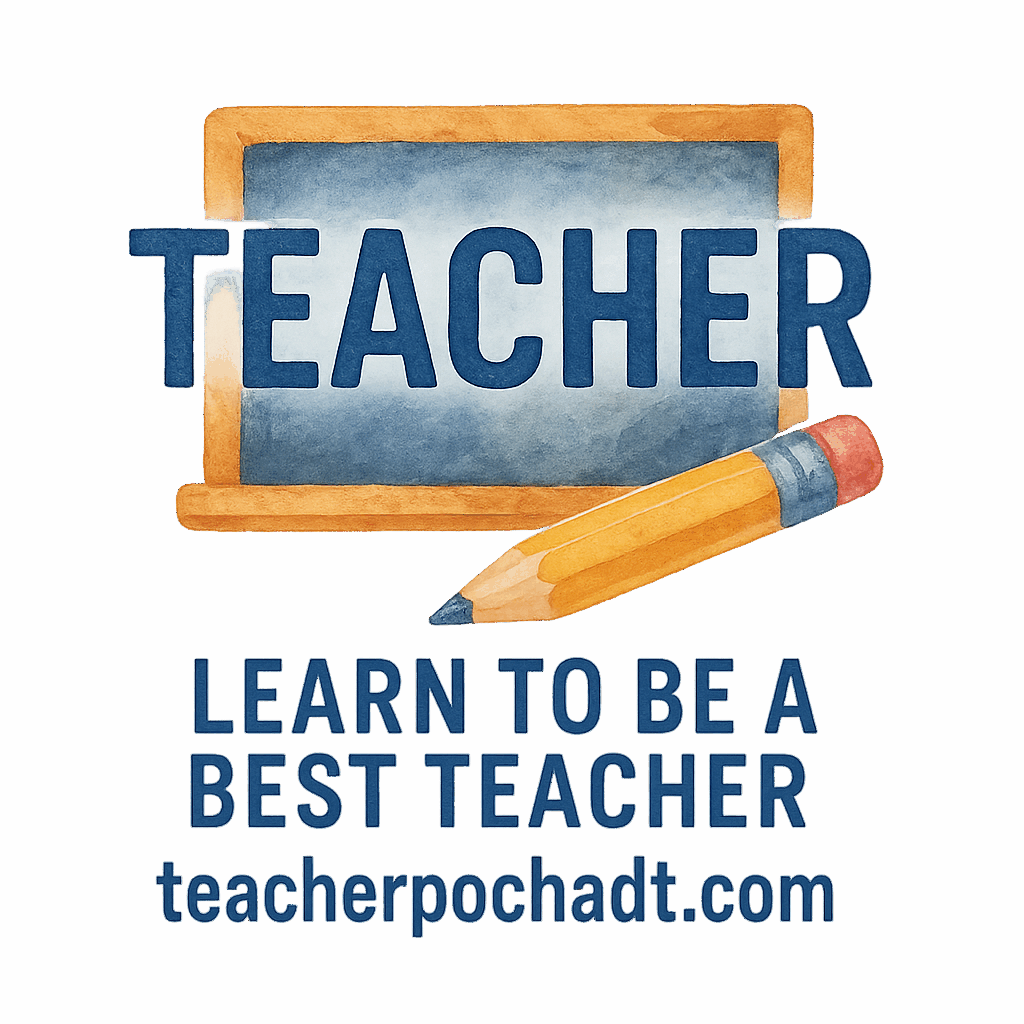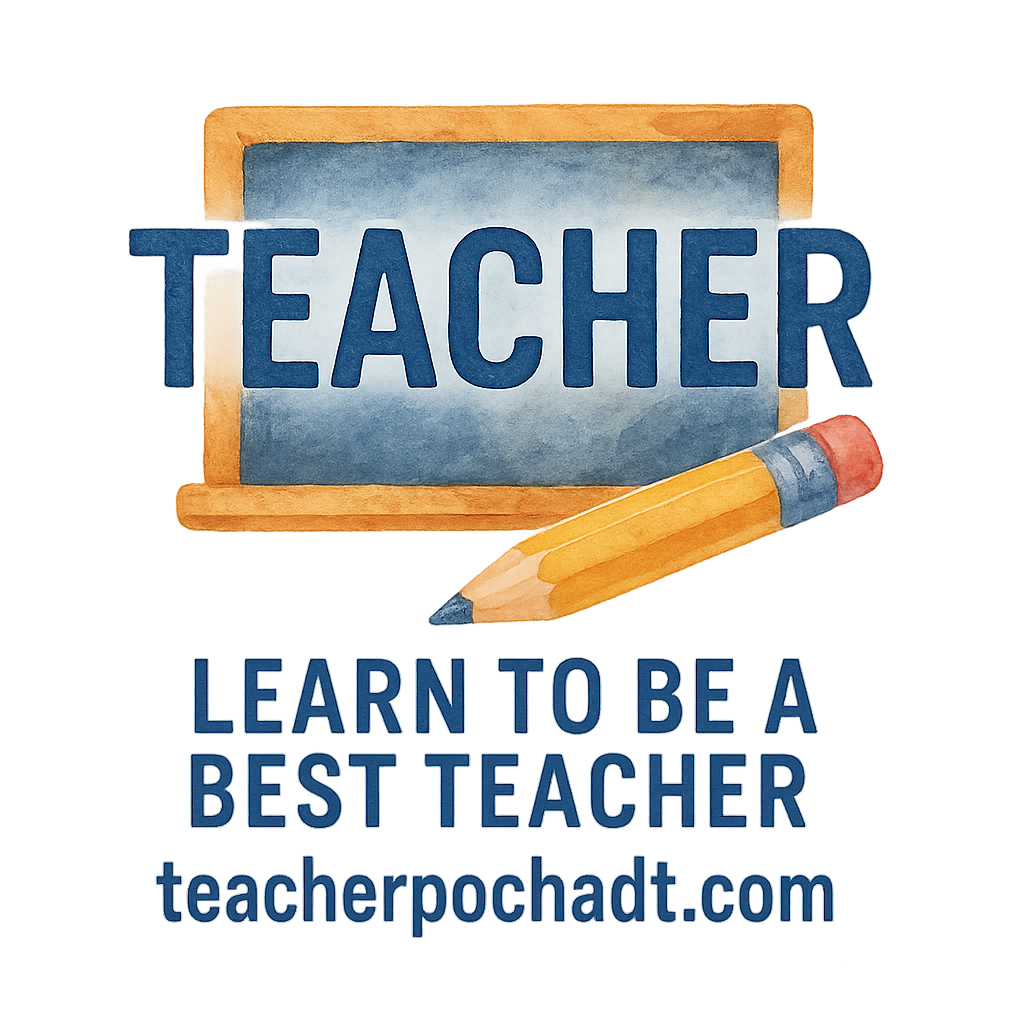Introduction
As educators, our journey doesn’t end with a teaching degree or the completion of an initial teaching program. In fact, it’s only the beginning. Lifelong learning is the cornerstone of effective teaching, ensuring that educators remain relevant, inspired, and equipped with the skills and knowledge needed to help students succeed in an ever-changing world. But how do we, as teachers, make this commitment to growth and continuous development? The answer lies in developing habits that promote personal and professional learning every day.
In this article, we’ll explore 10 habits that can turn any teacher into a lifelong learner. These habits are not just about acquiring new knowledge but about fostering a mindset that constantly seeks improvement, adaptation, and new ways of thinking.
1. Reading Regularly
The Role of Reading in Professional Growth
One of the most effective ways to continuously learn is through reading. Whether it’s books, articles, research papers, or blogs, reading exposes teachers to new ideas, strategies, and teaching philosophies. It can be an essential tool in developing a deeper understanding of subjects, expanding knowledge in your specific teaching area, and even keeping up with educational trends.
Exploring New Educational Trends
Being aware of emerging trends in education is crucial for any teacher. Whether it’s the latest research on classroom management, student engagement techniques, or advancements in technology, reading keeps you informed. You can explore topics related to growth and development and even the latest digital tools for enhancing teaching. Checking out TeacherPochadt’s teaching skills page is a great resource to stay ahead in education.
How to Incorporate Reading Into Your Daily Routine
Incorporating reading into your day doesn’t require hours of extra effort. You can dedicate a few minutes each morning or evening to read articles or summaries of recent educational research. Setting aside a specific time, like during your lunch break or before bed, ensures consistency. Start with classroom control blogs or student connection articles to deepen your understanding of the student-teacher relationship.
2. Seeking Feedback and Reflecting on Practice
Constructive Criticism: A Tool for Growth
Lifelong learners are not afraid of feedback. Constructive criticism allows teachers to identify areas of improvement and refine their practice. Regularly asking for feedback from colleagues, students, or even parents can provide valuable insights into your teaching effectiveness.
Building a Feedback Culture in the Classroom
Creating an environment where feedback is encouraged can transform the way you teach. Implementing strategies like peer reviews or open-ended student surveys helps you understand what works well and what doesn’t. You can even ask for suggestions on how to improve classroom culture or engagement techniques. Learn more about classroom culture by exploring the site’s resources.
Self-Reflection: A Powerful Learning Habit
Apart from external feedback, self-reflection is a crucial habit. After each lesson, ask yourself what went well and what could have been improved. By being honest with yourself and recognizing areas of improvement, you continually grow as a teacher. Self-reflection links directly to teacher reflection, a crucial part of your professional development.
3. Attending Workshops and Conferences
Networking with Other Educators
Workshops and conferences provide opportunities for teachers to connect with others in their field, share experiences, and learn from different teaching methodologies. It’s an excellent platform to expand your knowledge, collaborate on projects, and even discover new educational technologies.
The Benefits of Staying Updated with Latest Teaching Tools
Educators benefit from staying updated on the newest teaching tools and technologies. By attending these events, you’ll gain firsthand experience of new resources that could enhance your classroom practices, whether they’re interactive whiteboards, apps for classroom management, or innovative student engagement tools. Explore digital tools to enhance your teaching experience.
Incorporating New Ideas into Your Teaching Practice
Attending these events often sparks fresh ideas. You can take what you’ve learned and directly incorporate it into your teaching style, benefiting both you and your students. Whether it’s a new strategy for lesson planning or a different approach to classroom interaction, workshops provide the tools to evolve as an educator.
4. Collaborating with Colleagues
How Peer Learning Enhances Teaching Skills
Teaching can be a solitary profession, but collaboration opens up numerous learning opportunities. Sharing ideas and challenges with colleagues allows you to learn from their experiences and gain new perspectives. Collaboration can help you refine your teaching style and introduce innovative classroom management strategies.
Effective Collaboration Strategies
Set up regular meetings or study groups with your colleagues. These can focus on specific teaching challenges, such as student engagement or classroom harmony. By brainstorming together, you’ll come up with solutions that are not only effective but also adaptable to your own classroom.
Learning from Different Perspectives
Every teacher brings a unique perspective to the table. By collaborating, you can broaden your own view of teaching and learn techniques that you may not have considered. Plus, it can be fun! Sharing teaching moments and lessons can remind you of the passion you had when you first entered the profession. For more on teacher communication, check out our resources.
5. Setting Personal Development Goals
The Importance of Goal-Setting in Lifelong Learning
Setting clear and achievable goals is a key practice for lifelong learning. Whether they’re related to professional development, new teaching techniques, or personal growth, goals help you focus your efforts and track your progress over time. Goal-setting also allows you to challenge yourself, encouraging you to constantly improve.
Breaking Down Long-Term Goals into Manageable Steps
Instead of aiming for broad, overwhelming goals like “becoming a better teacher,” break them down into smaller, actionable steps. For instance, if your goal is to improve student engagement, you might focus on learning one new technique every month. This makes the process more manageable and gives you regular milestones to celebrate. Learn how to set personal development goals to stay on track.
Measuring Progress and Adapting Goals Over Time
Review your goals regularly to assess your progress. If you find that a particular approach isn’t working, adapt it. Lifelong learning is flexible, and the goals you set at the beginning of the year may evolve as you gain more experience and insights.

6. Embracing Technology
How Technology Can Transform Teaching Practices
Technology is one of the most powerful tools a teacher can embrace. Whether it’s using educational apps, creating digital lessons, or integrating interactive online platforms, technology helps keep teaching fresh and engaging. It also provides a means of staying connected with students, especially in remote learning situations.
Exploring Educational Tools and Platforms
Every year, new educational tools emerge that can enhance the learning experience. Some tools may focus on organizing lesson plans, while others may help with student collaboration or assessment. By exploring these tools, you can stay ahead of the curve and improve your teaching.
Being Open to Digital Learning for Personal Growth
Don’t just teach your students about technology—use it to grow as an educator. Online courses, webinars, and forums are excellent ways to keep learning outside of the classroom. Embracing classroom technology allows you to stay updated with the latest educational trends and enhances your skills in innovative ways.
7. Practicing Active Listening
How Listening to Students and Colleagues Enhances Learning
Active listening is not just about hearing; it’s about understanding. Teachers who practice active listening can better address students’ needs, frustrations, and ideas, leading to more meaningful connections and enhanced classroom experiences.
Building Stronger Relationships with Active Listening
When students feel heard, they’re more likely to engage and open up. This fosters a positive learning environment and improves classroom culture. Active listening also strengthens relationships with colleagues, creating a more supportive work environment.
Using Feedback to Improve Your Teaching Approach
Listening to feedback from your students allows you to adjust your teaching methods. By staying attuned to their needs, you can refine your approach and make your classroom a more effective place for learning. For further tips on classroom harmony, check out our blog.
8. Staying Curious About New Ideas
The Power of Curiosity in the Classroom
Curiosity is the driving force behind innovation and discovery. Teachers who are naturally curious ask questions, explore new ideas, and continually seek ways to improve. This curiosity can be contagious, inspiring students to take a more active role in their own learning.
Finding Inspiration in Unexpected Places
Inspiration for teaching can come from anywhere. You might find a new idea during a casual conversation, in a book, or through a student’s comment. Keeping an open mind and being receptive to new ideas helps you grow as a teacher.
Continuously Seeking Innovative Teaching Methods
The best teachers are those who never stop exploring new methods and techniques. Staying curious means experimenting with different teaching strategies and adapting them to your own classroom.
9. Embracing Change and Flexibility
Why Being Adaptable is Essential for Teachers
The ability to embrace change is vital for teachers. Whether it’s adapting to a new curriculum, shifting teaching methods, or responding to changes in student needs, flexibility is a key trait of lifelong learners.
Adapting Your Teaching Style for Different Learners
Every student is different, and the ability to modify your approach to fit various learning styles and needs is crucial. Flexibility allows you to cater to all students, ensuring that no one gets left behind.
Coping with Challenges and Uncertainty in Education
The education landscape is constantly changing, and challenges arise unexpectedly. Whether it’s a new teaching standard or a disruption in the classroom, teachers must be able to adapt and navigate through uncertainty while continuing to learn and grow.
10. Building a Growth Mindset
The Power of Believing in Your Ability to Improve
A growth mindset is the belief that abilities and intelligence can be developed over time with effort, learning, and perseverance. This mindset encourages teachers to view challenges as opportunities to grow, rather than obstacles to overcome.
Strategies for Cultivating a Growth Mindset in Teaching
Encourage self-reflection, resilience, and perseverance in your own practice. Share your journey with your students, showing them that learning is an ongoing process. When you demonstrate a growth mindset, your students will follow suit.
Encouraging a Growth Mindset in Students
Promote a growth mindset in your students by emphasizing effort over innate ability. Encourage them to view mistakes as learning opportunities and to persevere in the face of challenges.
Conclusion
Lifelong learning is not just about acquiring knowledge; it’s about developing habits that enable you to continuously grow, adapt, and become a better teacher. By adopting these 10 habits, you not only enhance your own teaching practices but also create an environment where students are inspired to become lifelong learners themselves.
7 FAQs about Lifelong Learning for Teachers
1. Why is lifelong learning important for teachers?
Lifelong learning ensures that teachers stay updated with new teaching methods, technologies, and trends, allowing them to better serve their students.
2. How can I find time for reading and professional development?
Set aside small pockets of time each day for reading or attending online workshops. Consistency is key to making this a habit.
3. How does feedback help in becoming a better teacher?
Feedback provides valuable insights into areas of improvement, helping teachers refine their techniques and strategies.
4. Can technology really enhance my teaching?
Yes! Educational tools and digital resources can make learning more engaging, interactive, and efficient.
5. How can I stay curious as a teacher?
Keep exploring new ideas, ask questions, and engage with other educators to learn from their experiences and insights.
6. What is a growth mindset, and why should teachers adopt it?
A growth mindset encourages teachers to view challenges as opportunities for development, fostering resilience and continuous improvement.
7. How can I incorporate more collaboration with colleagues?
Set up regular discussions, study groups, or collaborative lesson planning sessions to share ideas and learn from each other.


